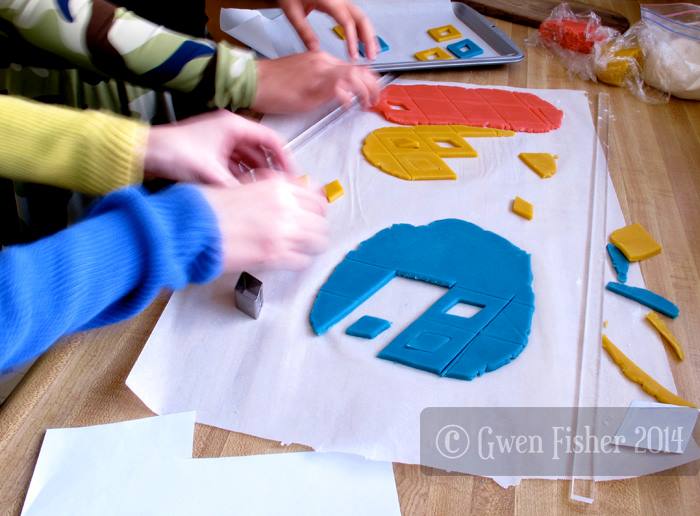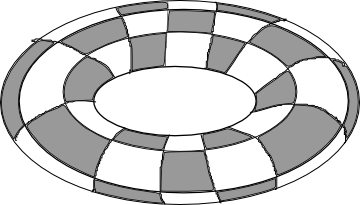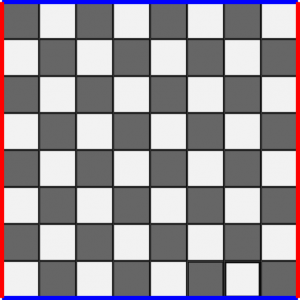π day used to be a straightforward holiday for people who love mathematics. Who could possibly dislike a holiday to celebrate a number that has been celebrated across cultures and throughout history? The Egyptians and Babylonians approximated the ratio of the circumference of a circle to its diameter. The same in Ancient India, China, and Greece. The symbol π itself is newer, but is still over 300 years old.
Only recently have Tauists come along and started their arguments that Pi is wrong. Since then, the Pi and Tau adherents seem to have turned our circles into boxing rings, with Pi on one side and Tau in the other.
The Tauists start it off with a series of quick jabs. Tau is fundamentally simpler. Radius is more fundamental than diameter, the fundamental constant should be based on radius. Radians finally make sense, it goes against intuition to have 2 Pi radians in a circle. Pi is off by a factor of 2. It is unnatural and confusing. It is wrong!
The Pious punch back that Pi has been the constant for thousands of years, that it’s what everyone knows, that nobody naturally draws a line going halfway across a circle. Tauists demonstrate selective bias to prove their point. The area of 1/4 of a unit circle is Pi/4, or Tau/8. Tau is off by a factor of 2. It is unnatural and confusing. It is wrong!
But, in the midst of all this bickering, we lose the fundamental reason why Pi and Tau are so cool. When we get held up in the details, we forget how magical it is that the ratio of a diameter or radius of a circle to its circumference is somehow not something that can be expressed as a ratio at all. That somehow the observed perfection of a circle is due to something truly transcendental. That a circle is itself the perfect shape, minimizing surface area to volume, exhibiting the same curvature everywhere around itself until you get back to exactly where you started.
Tau and Pi aren’t that different. They’re both irrational, they’re both transcendental, they solve all of the same problems. They are, in fact, the same number give or take a factor of 2. Maybe we can just teach everyone both and let people choose for themselves whichever one is easiest for them?
If we celebrate both, that’s twice as many days to get people excited about mathematics. It’s twice as many days to eat pie and appreciate how round it is.
I mean, Tau is just 2*Pi. Er, Pi is just Tau/2. Fine. Tau and Pi differ by just a factor of 2. Sorry. Pi and Tau differ by just a factor of 2. Really, why are we arguing?
So this π day, lets agree to shake hands, stop fighting, and eat some Tau-co Pi. It’s delicious and the fundamental constant that we know and love makes just as beautiful circles whether it’s 3.14… or 6.28…
Thanks guys. Happy Pi day!













